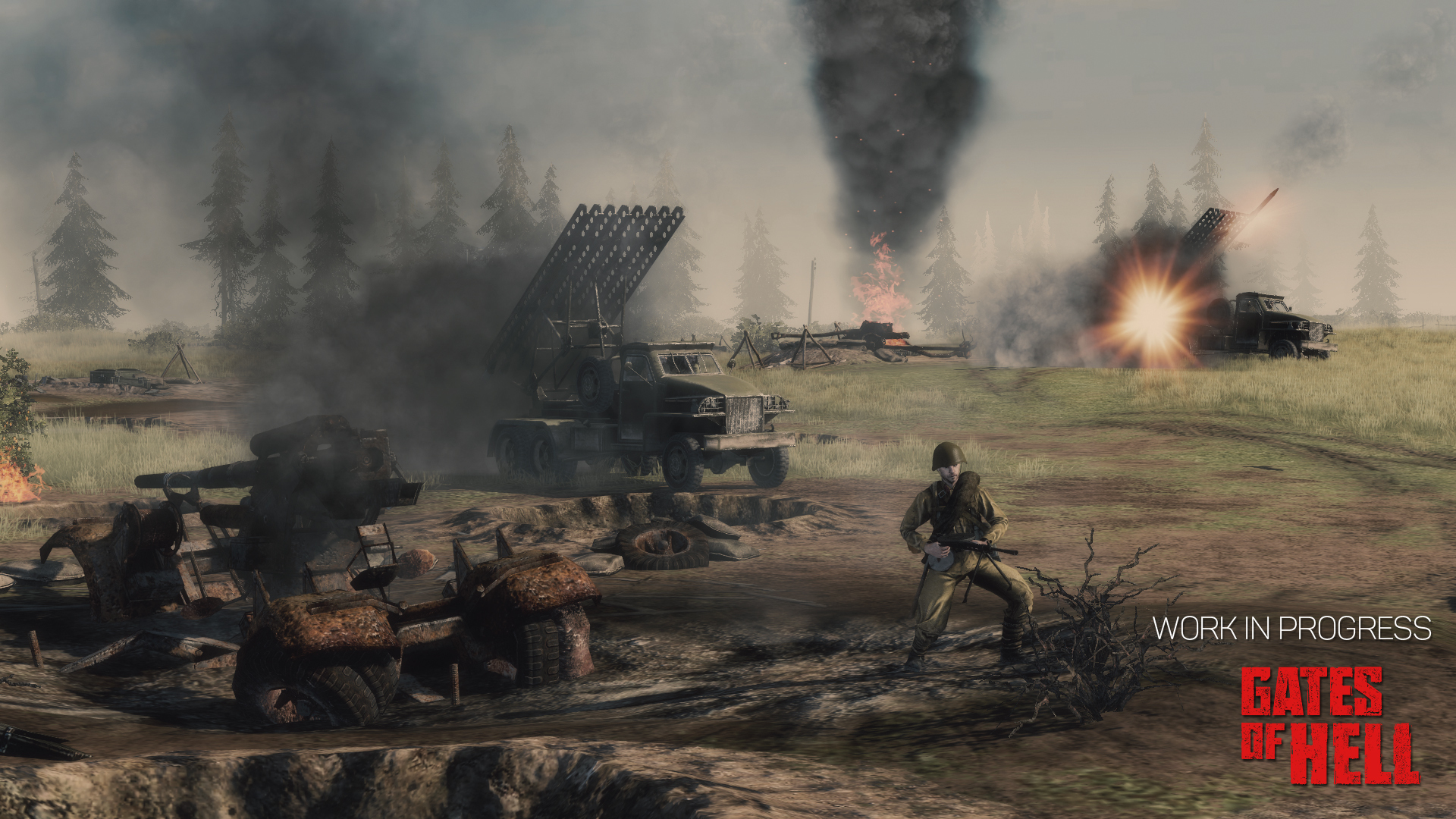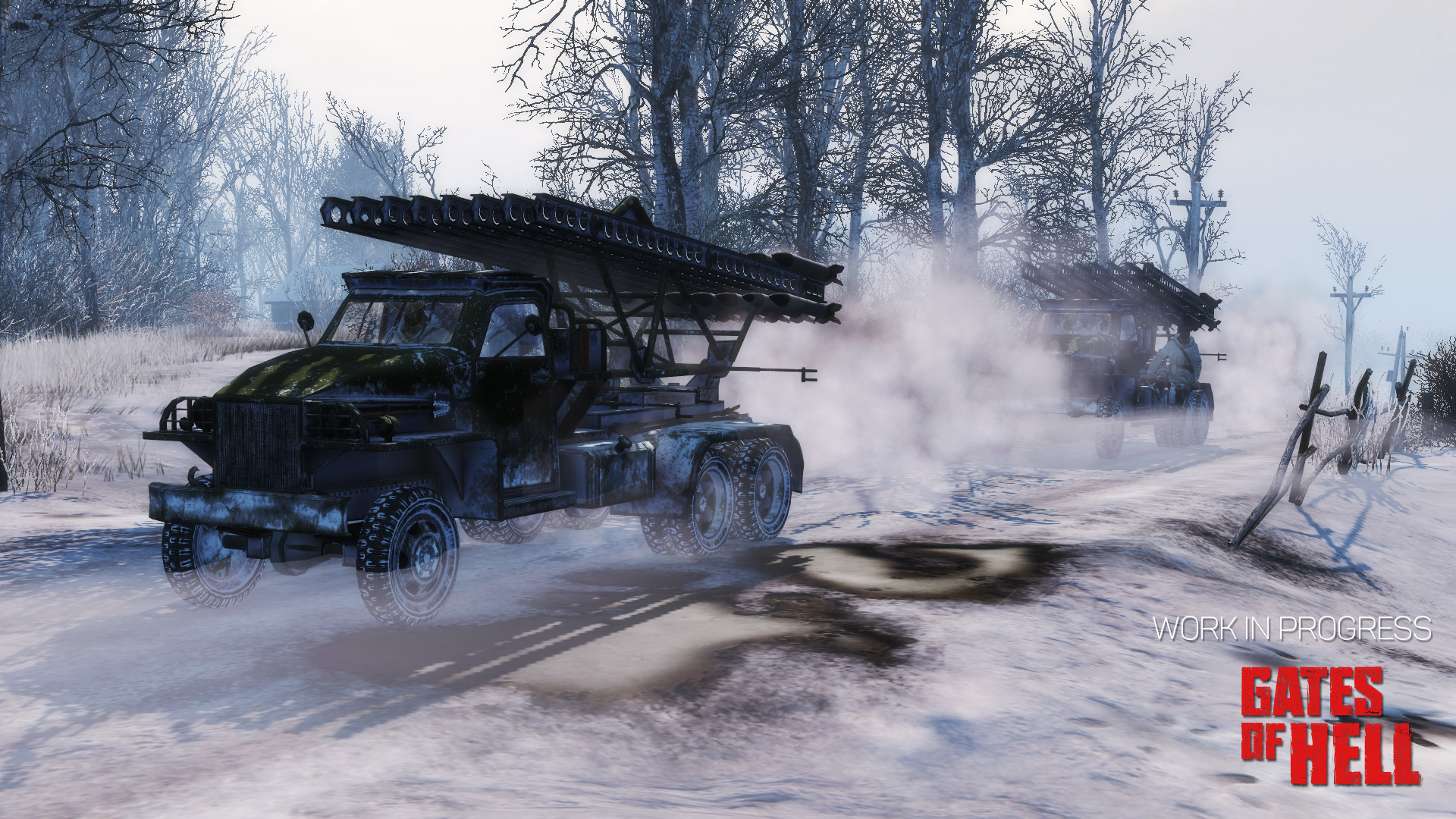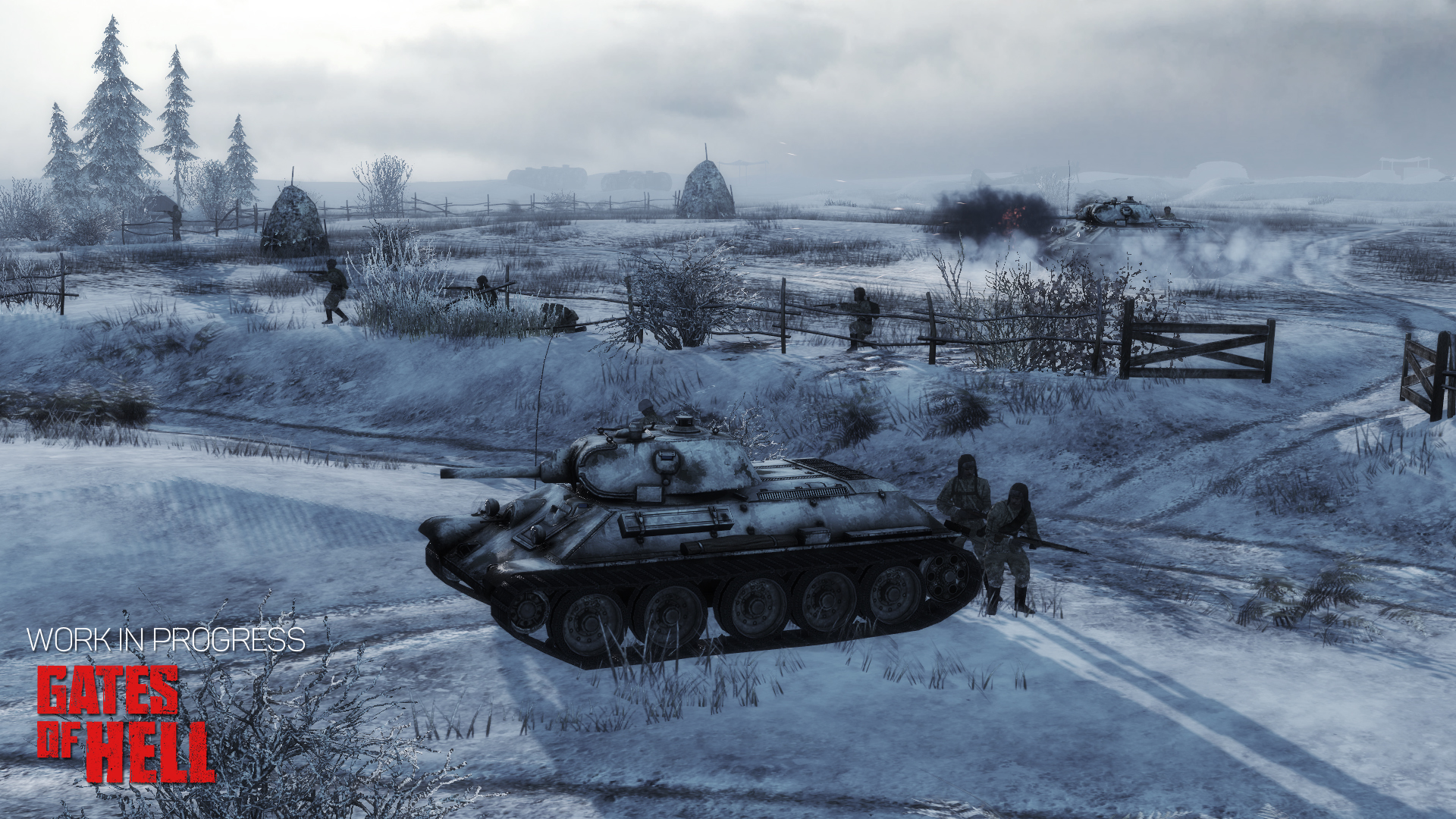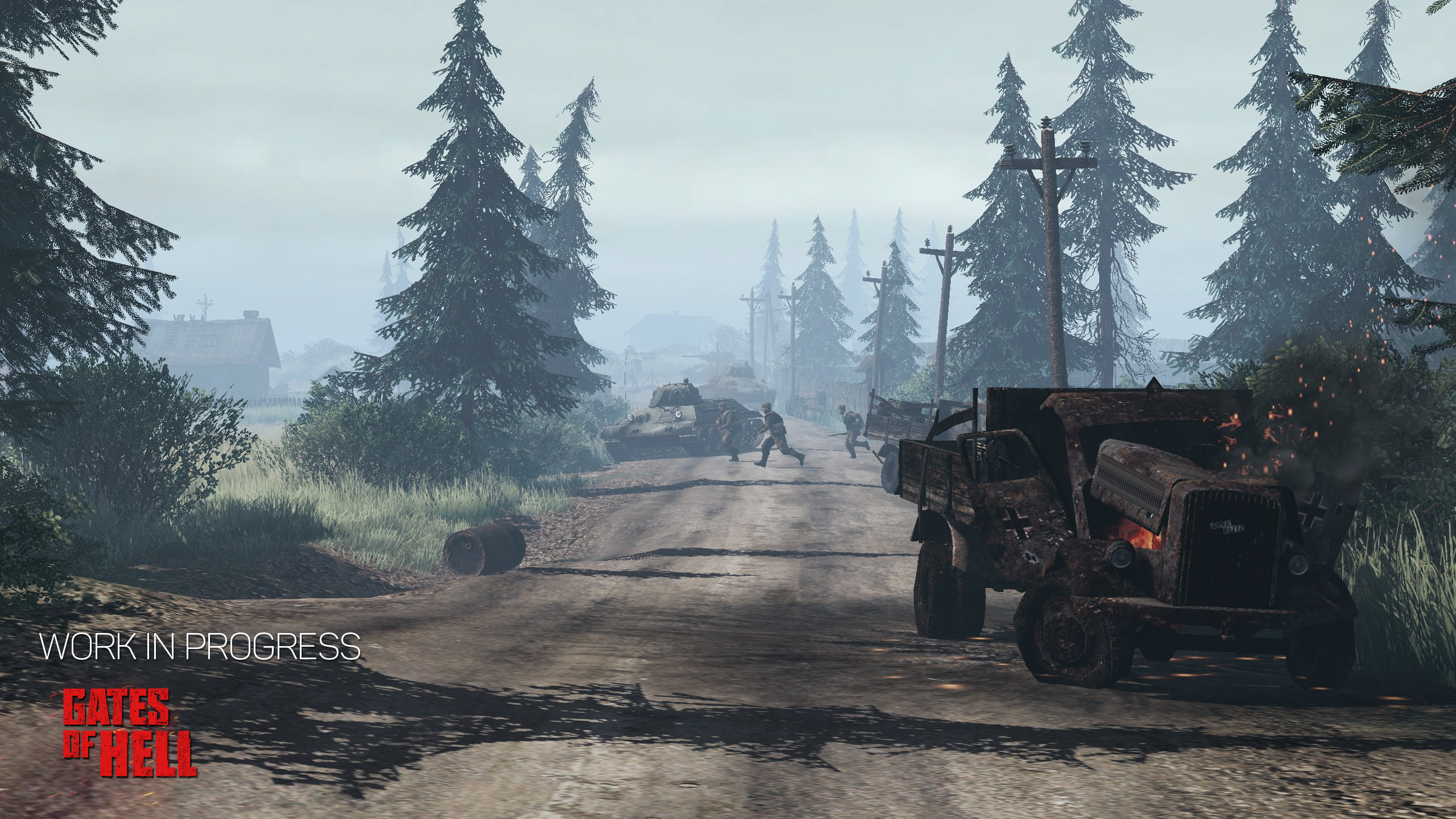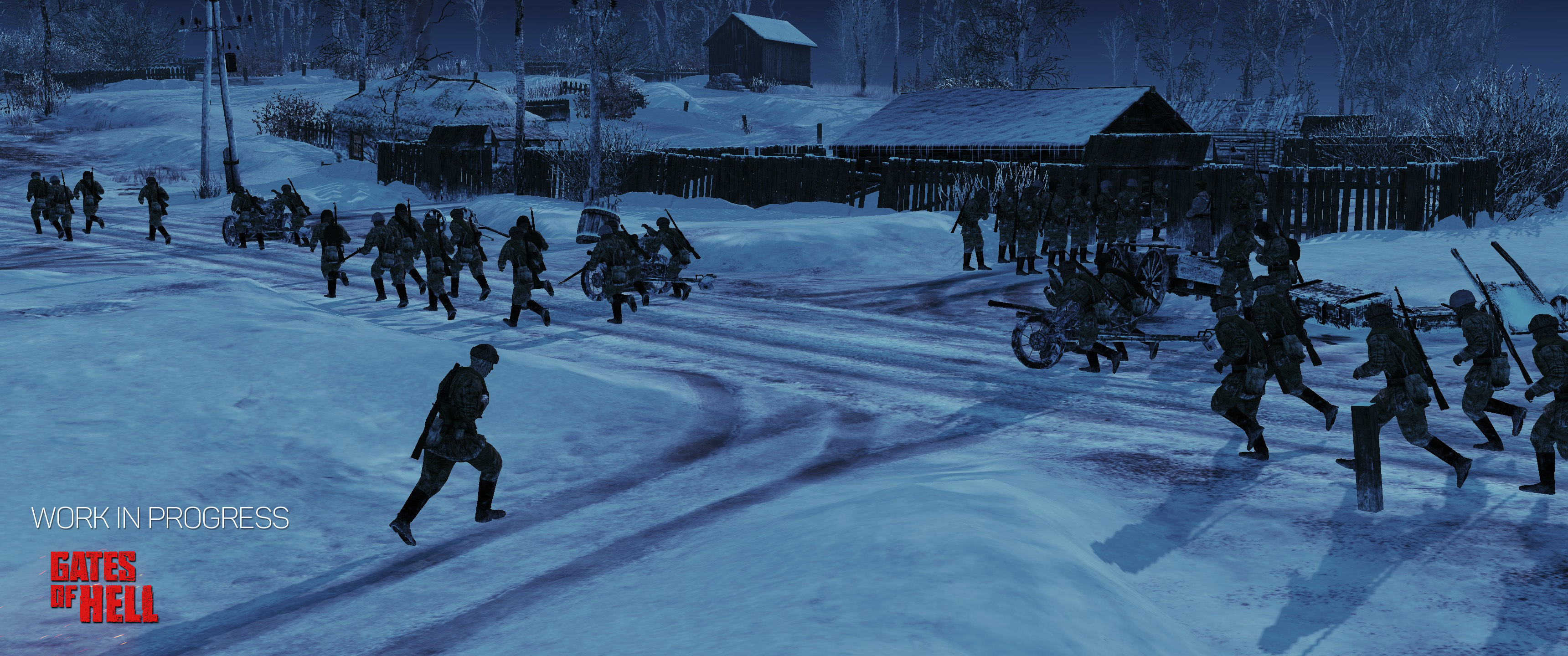Devblog #79: Mount Elbrus
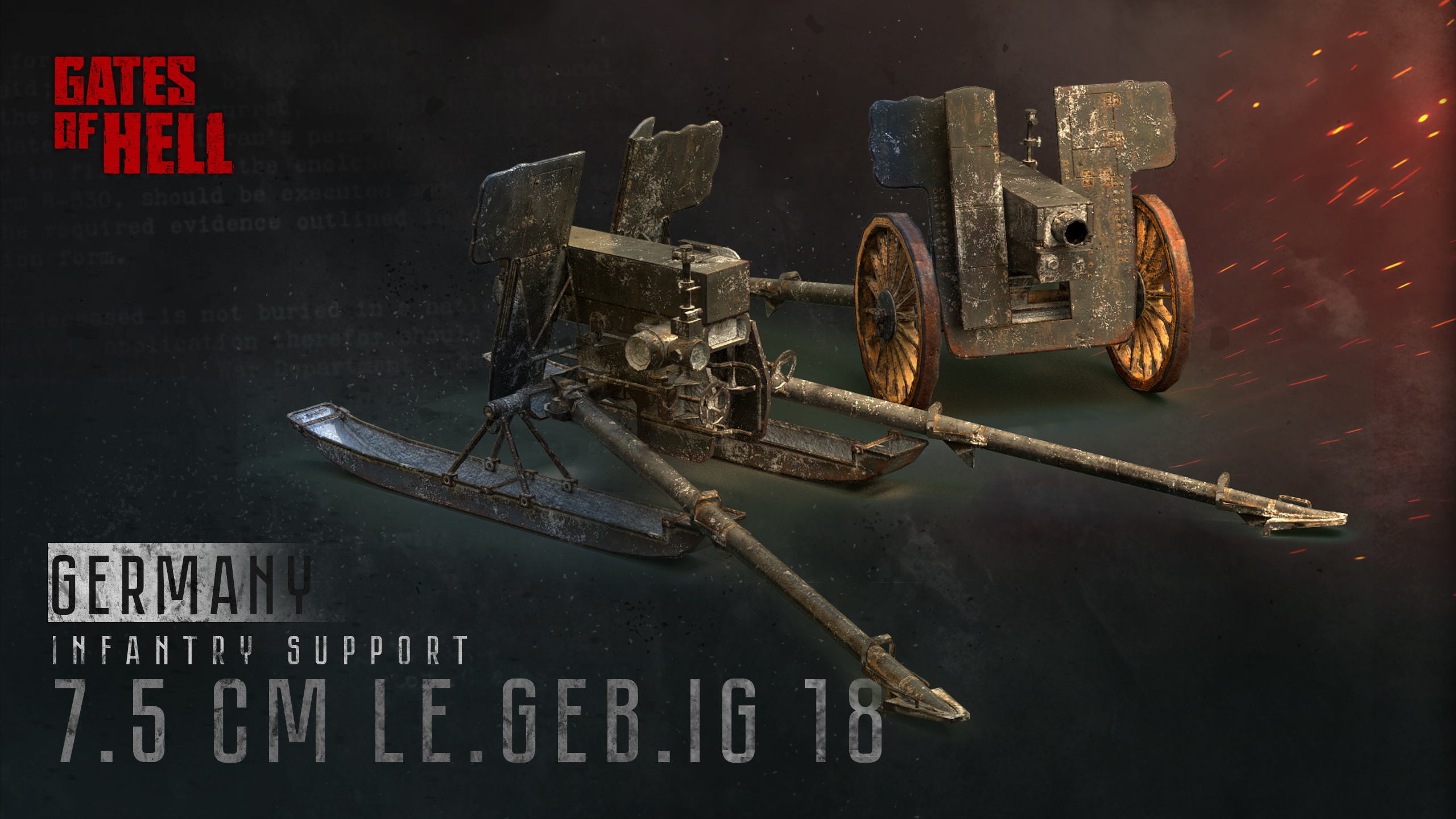 HD link
HD linkHi folks, it’s time for an update.
After the “shrubbery update” it’s back to something completely different. This time we want to tell you about a mission we’re building which is - of course - based on an epic real battle.
This one is from 1942, when “Fall Blau” was supposed to give Germany control of the oil fields of the Caucasus and which was supposed to include the conquest of Stalingrad. It was a “make or break” battle that was arguably the nail in the German coffin on the eastern front.
The part of the offensive that went for the Caucasus was called “Operation Edelweiss”. The directive was passed by Hitler on 23 July 1942. The main force was accompanied by a large number of oil industry workers, supposed to go to work in the oil fields immediately following the battle.
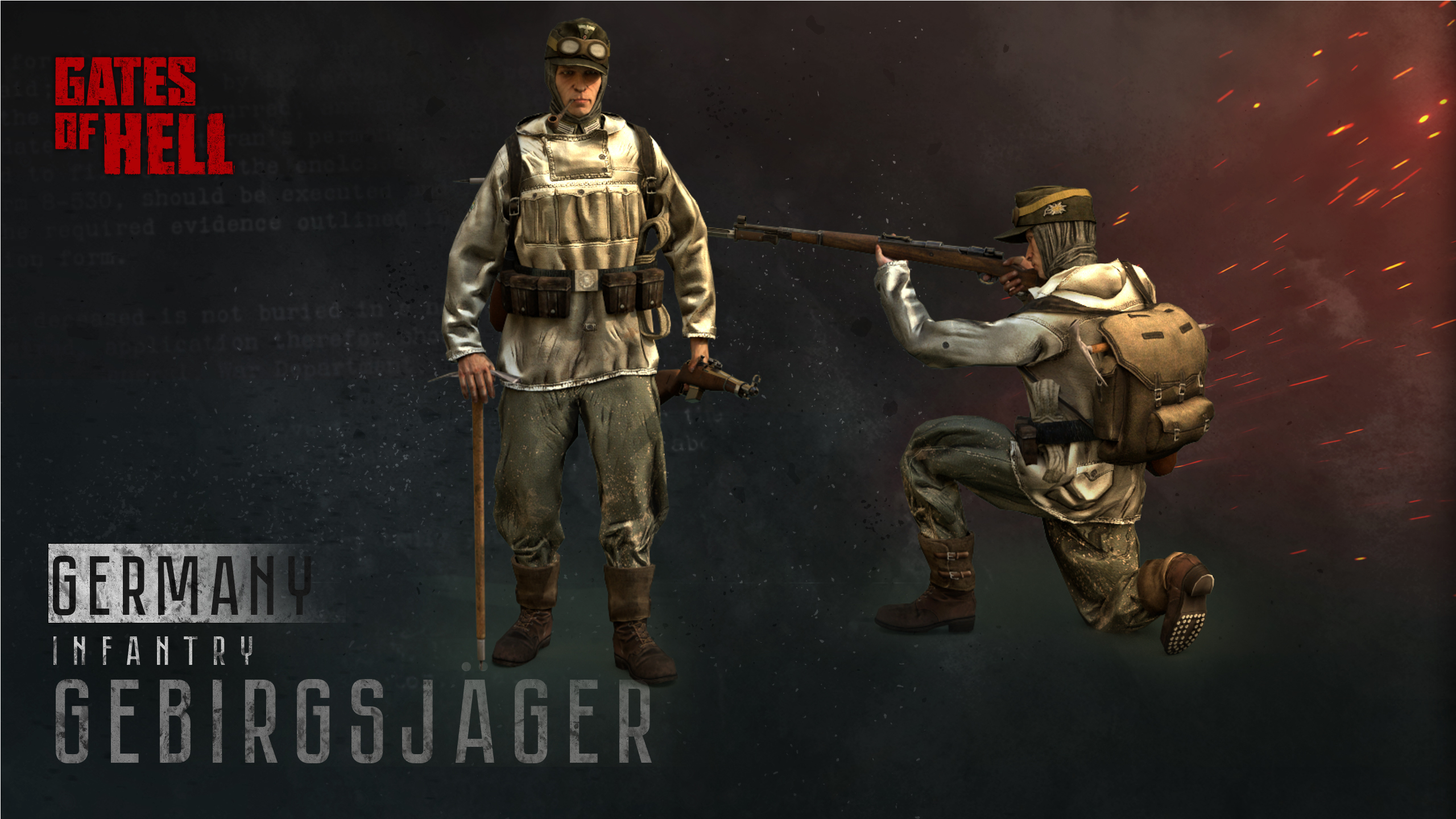 HD link
HD linkMount Elbrus
In August 1942, German mountain troops (1st & 4th Mountain Div.) were being monitored closely at Hitler's headquarters. The moment they would reach the black sea was eagerly anticipated.
Hitler is said to have exploded in anger when he heard that his troops had scaled mount Elbrus to plant a flag. As Albert Speer recalled:
“I often saw Hitler furious but seldom did his anger erupt from him as it did when this report came in. For hours he raged as if his entire plan of the campaign had been ruined by this bit of sport. Days later he went on railing to all and sundry about "those crazy mountain climbers" who "belong before a court-martial." They were pursuing their idiotic hobbies in the midst of a war, he exclaimed indignantly, occupying an idiotic peak even though he had commanded that all efforts must be concentrated upon Sukhumi.”
So why did the German mountain troops climb the “roof of Europe”? It turns out it was the pet project of the commander of 1. Mountain Division, Hubert Lanz. As the XXXXIX. Mountain Corps advanced into the Caucasus Lanz ordered his personal aid, Heinz Groth, to assemble a team to climb Mount Elbrus. The Corps commander, Rudolf Konrad, didn’t like the idea but Lanz went ahead with it anyway. The main objective of the XXXXIX. Mountain Corps was the Kluchorski mountain pass, the main “road” through the mountains towards Sukhumi. On August 17th a bataillon led by Harald von Hirschfeld stormed the pass in a daring night attack. Lanz promptly decided to rename the closest summit to Mount Hirschfeld. Lanz, a passionate national-socialist and mountaineer, had a similar cunning plan for the Elbrus: he wanted to impress Hitler by renaming it “Adolf-Hitler-Spitze” (A-H-Peak). That plan quite evidently backfired badly.
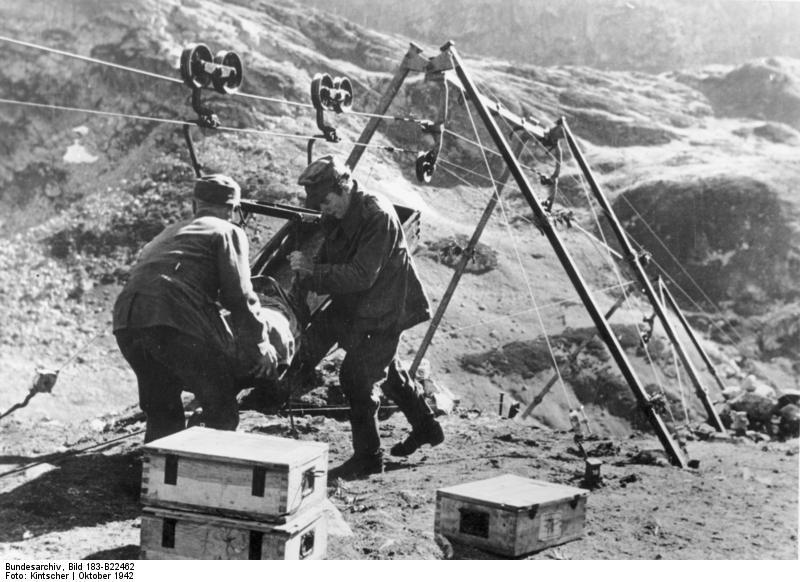 Gebirgsjäger in action hauling supplies up a mountain slope.
Gebirgsjäger in action hauling supplies up a mountain slope.So how did the German troops get up to the 5642m (17.000ft) summit?
They used a base camp which they had taken before, which is at 4100m (13.000ft). This base camp (Priut-11) was named after the 11 scientists who had built the first refuge at that place (“shelter for the 11”). It had only been rebuilt and finished as a hotel in 1940.
The iconic building had been designed by architect Nikolay Popov. It was rather luxurious, with heating and electricity in the rooms; the Germans took it by ruse without firing a single shot. The mountain troops enjoyed the amenities of the luxurious hotel and a team climbed the peak in a snowstorm on August 21st. Two days later they repeated the climb when the weather conditions were better. Despite Hitler’s negative reaction the climb was a propaganda coup for the Wehrmacht, which attracted Joseph Goebbels attention. He sent Ernst Ertl, an expert mountaineer and war correspondent, to restage the event so the German propaganda machine had good quality pictures to print and show everywhere, which Ertl did on September 7th.
The Soviet Transcaucasus Front at first didn’t think the Germans would be foolish enough to force the crossing of the Caucasus mountain range and was concentrated on the defense along the black sea coast and on defending the border with Turkey. When it became clear that German mountain troops were pushing south General Ivan Tyulenev quickly and effectively organized the defense of the mountains ending all hopes for the German mountain troops to achieve a meaningful breakthrough. As part of this defensive effort Soviet units launched counter attacks against the most forward German positions, including a counterattack against the mostly symbolic German outpost at the Elbrus base camp.
This happened on the 28. of September 1942. The stalemate that had existed since august was broken by the Soviets, who had formed a special NKVD detachment of about 100 men to recapture the hotel.They were led by Lieutenant Grigoryants and armed with machine guns, mortars and sniper rifles.
The German mountain troops were surprised at first but reacted quickly. Machine gun fire echoed between the mountains for hours.
Slowly the battle turned against Lieutenant Grigoryants and his men. After the battle, only 4 of them got back alive. The Lieutenant’s body was one of many that were left behind on the mountain slope. Thus ended one of the most unusual battles of the war.
Meanwhile the Germans did not reach their objectives (to push past the Caucasus to the Black sea coast) and had to retreat hastily when Stalingrad was surrounded.
The mission in Gates of Hell.
In GoH you have the choice of playing this mission as either single player or as a cooperative battle.
Supplies and reinforcements can not be called in; you have to make do with whatever you have available, because the real life situation does not allow rapid deployment of reserve troops or whatever.
In the mission, when playing as Soviets, you get a chance to use alternative tactics in an attempt to take the hotel either by stealth and surprise or by sheer speed of attack. Using snipers you can try to take out the enemy machine gunners when you open fire.
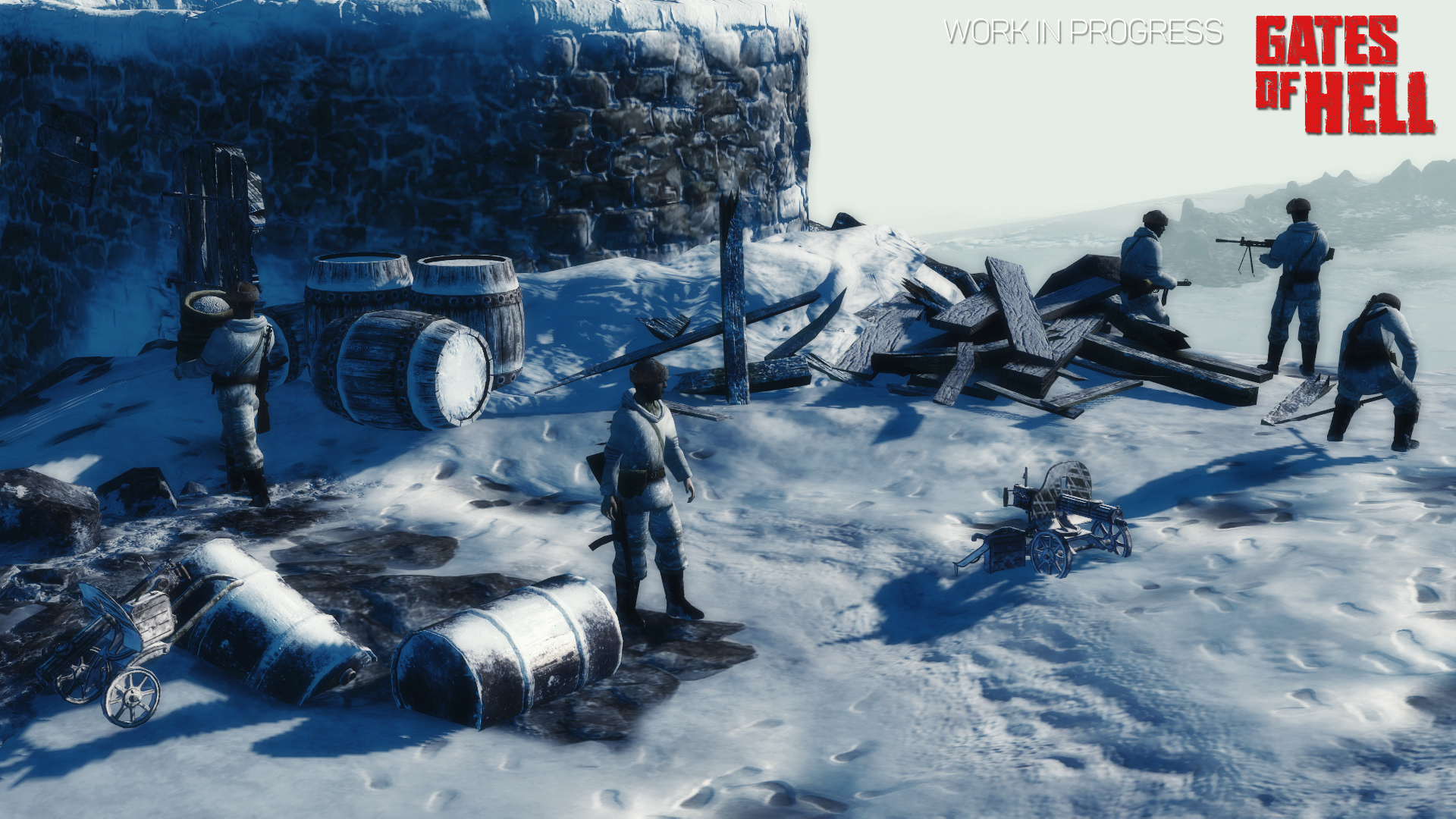 HD Link
HD LinkThe height difference of the real situation is copied into the map. This means that from one end to the other, the map has a 90m height difference, exactly like the real slope.
Being this high above sea level, the ambience is very cold and windy. The attacker is exposed to the wind and the enemy; there is nearly nowhere to hide, so you need some stealth to get close enough to Priut 11 before you can attack.
Once you are close enough you can try to use speed and the element of surprise to complete the mission.
 HD Link
HD LinkWhen playing as Germany, you will have to defend in such a way that the NKVD troops do not outflank you, or kill your machine gunner.
By prioritizing your targets and by using the hotel structure to your advantage you may or may not be able to stave off the attack.
Troops will be equipped with the weapons they carried in real life; machine gunners and snipers are equally important and can turn the mission around completely for you - but only if you use them well!
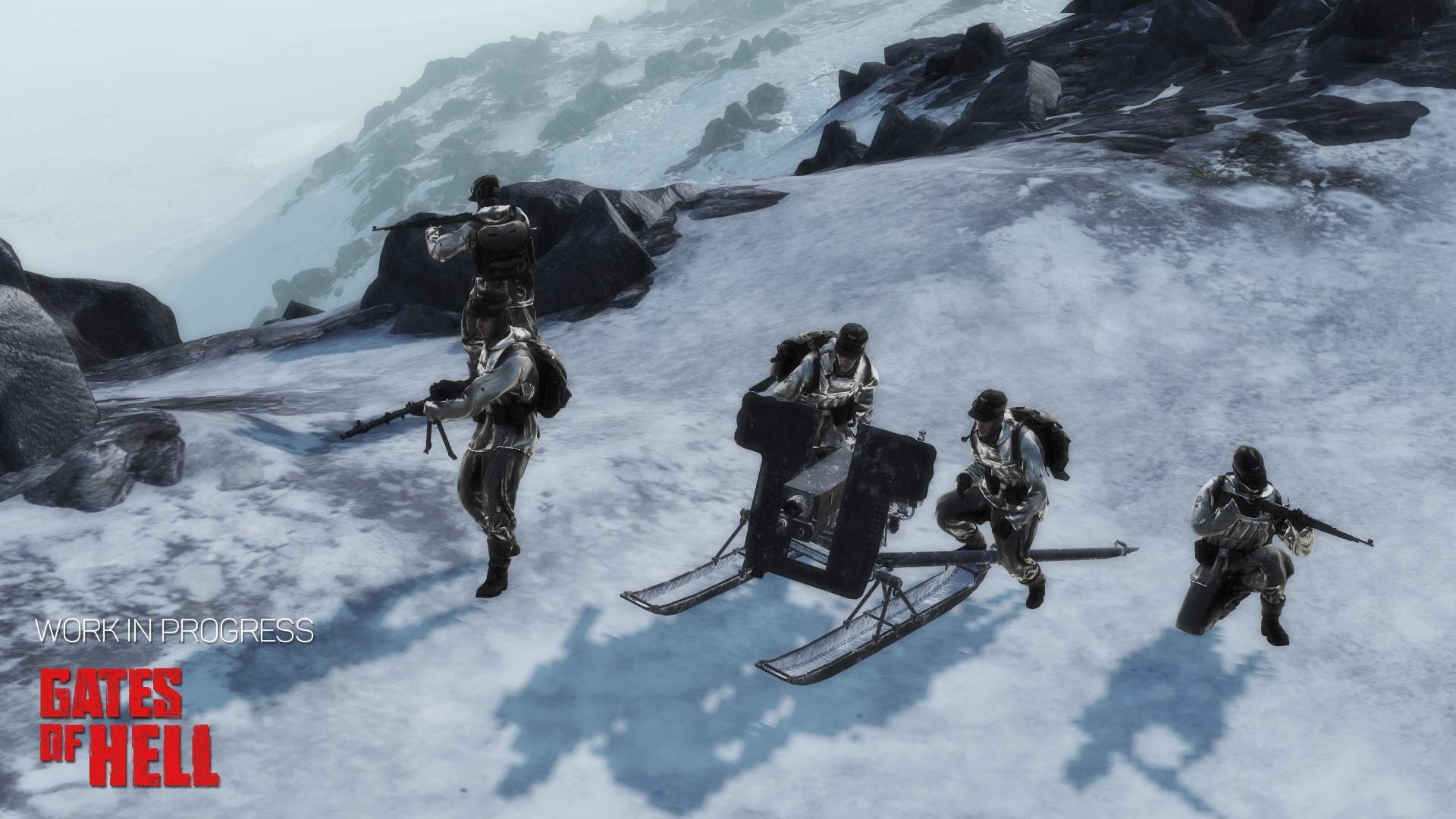 HD link
HD linkDid you know?
- Most transport for the Gebirgsjäger was done with mules
- MG34 and MG42 gunners within the Gebirgsjäger units carried more ammunition than regular infantry MG gunners, but there were fewer of them.
- Priut 11 was lost in a fire in 1998, when a tourist accidentally put a pan of gasoline on a stove in his hotel room, thinking it was water.
- Fall Blau was actually re-named “Operation Braunschweig” on June 30th 1942, two days after the beginning of the attack, but the original name stuck.
- Further reading about priut 11 can be found in: Kev Reynolds, “The mountain hut book”
- Further reading for German readers about the 1. Mountain Division can be in found in: Hermann Frank Meyer, “Blutiges Edelweiß : die 1. Gebirgs-Division im Zweiten Weltkrieg”, Berlin 2008.
Last but not least; we are working on a new game trailer and other content to renew our steam store page. We hope to have that ready soon, so we can tell you in one of the next updates.
Well, that’s it for this one. We hope you can see that Gates of Hell is turning into the first RTS game in which your knowledge of historical military operations and tactics can actually give you the edge in combat. That is certainly the case in this mission! Are you ready for realism? Tell us all about it!
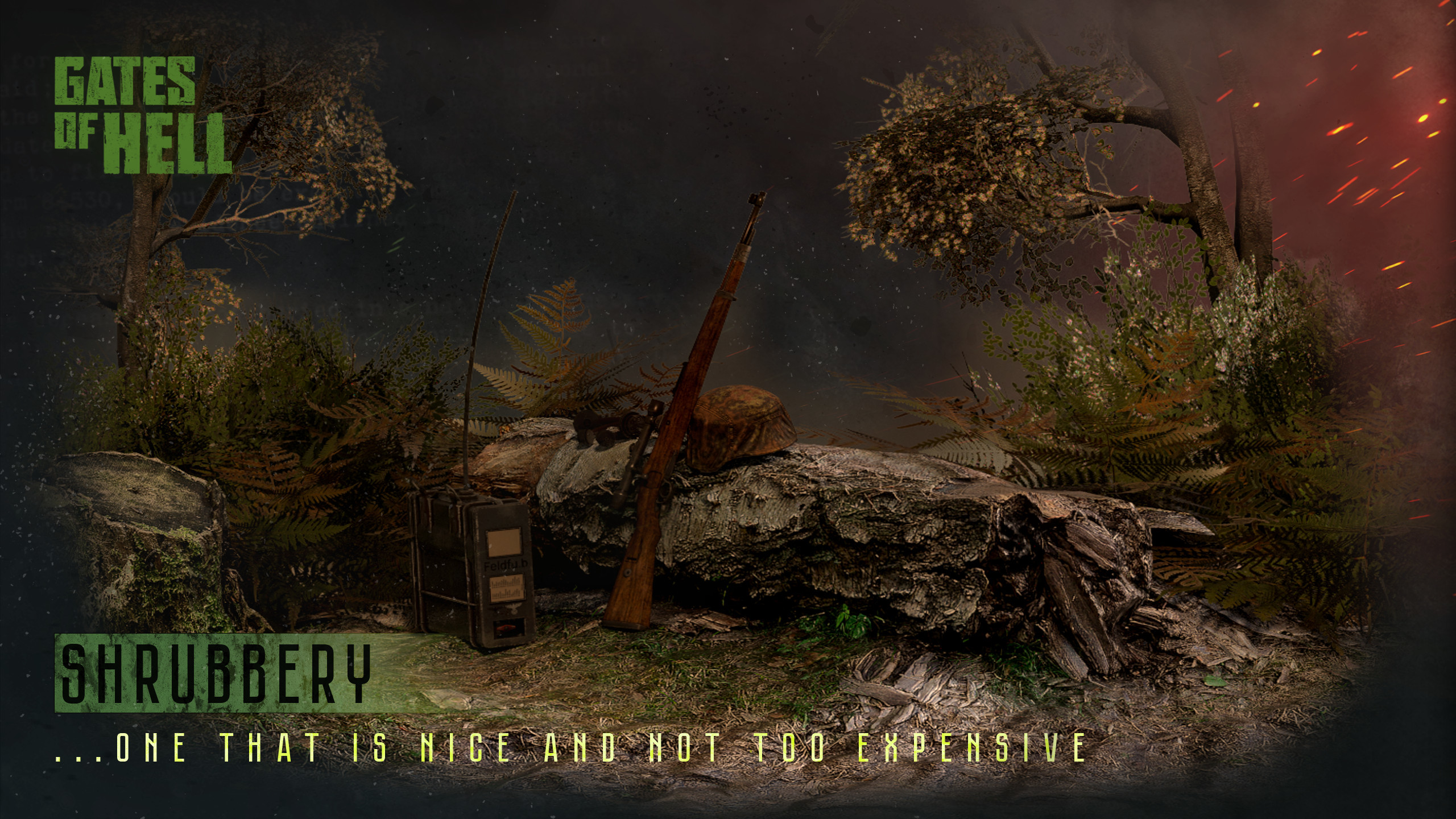
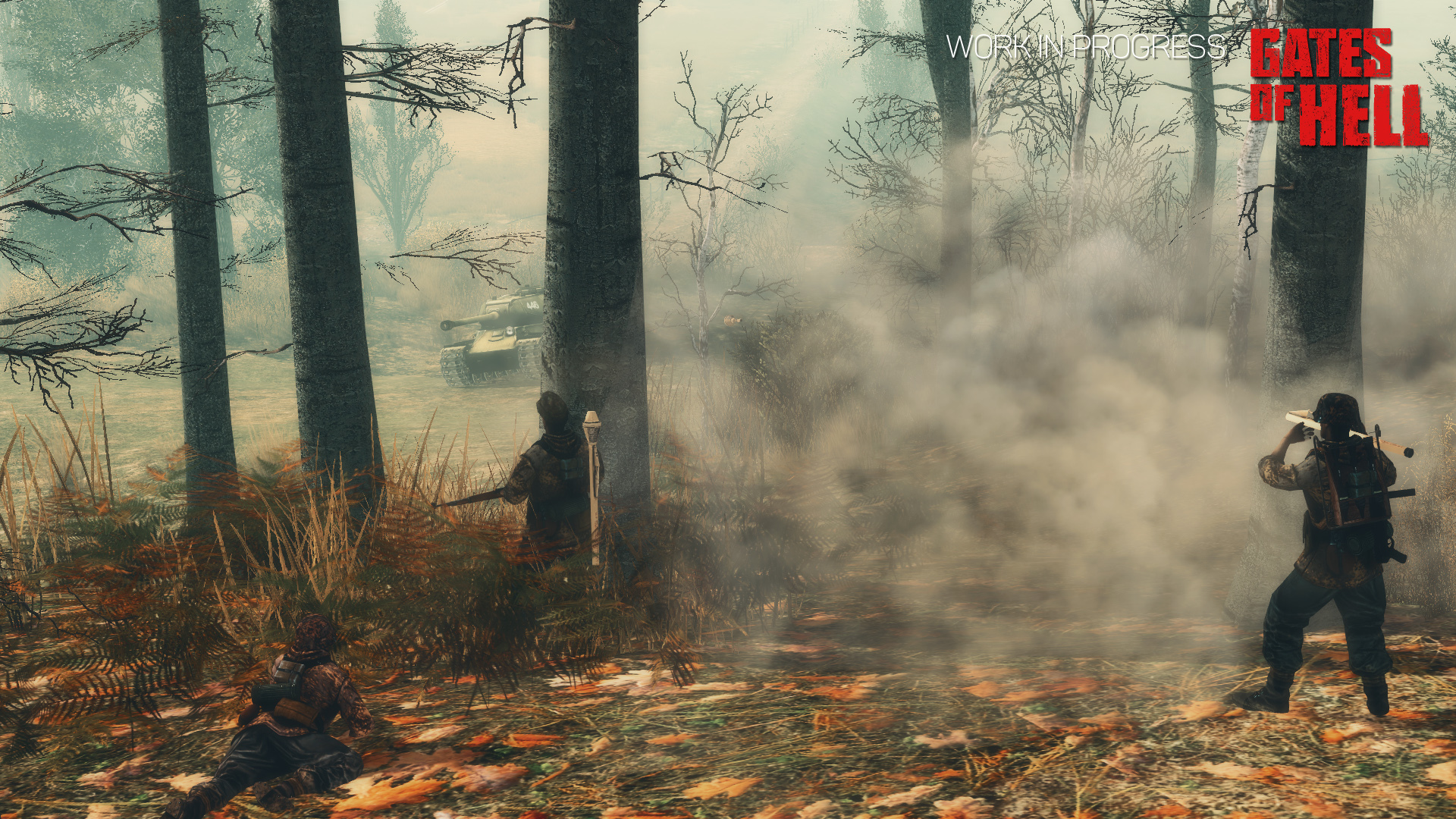
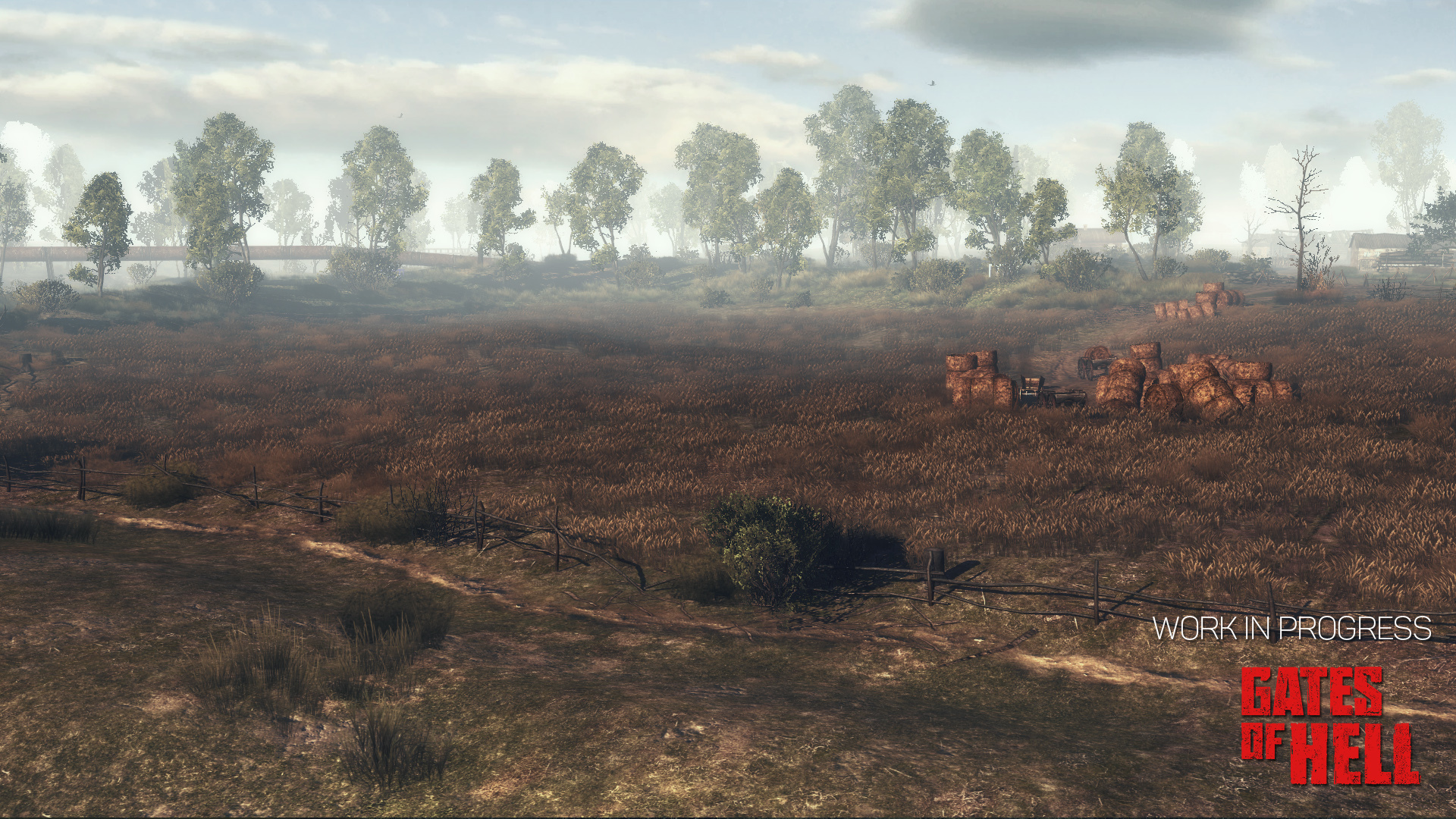


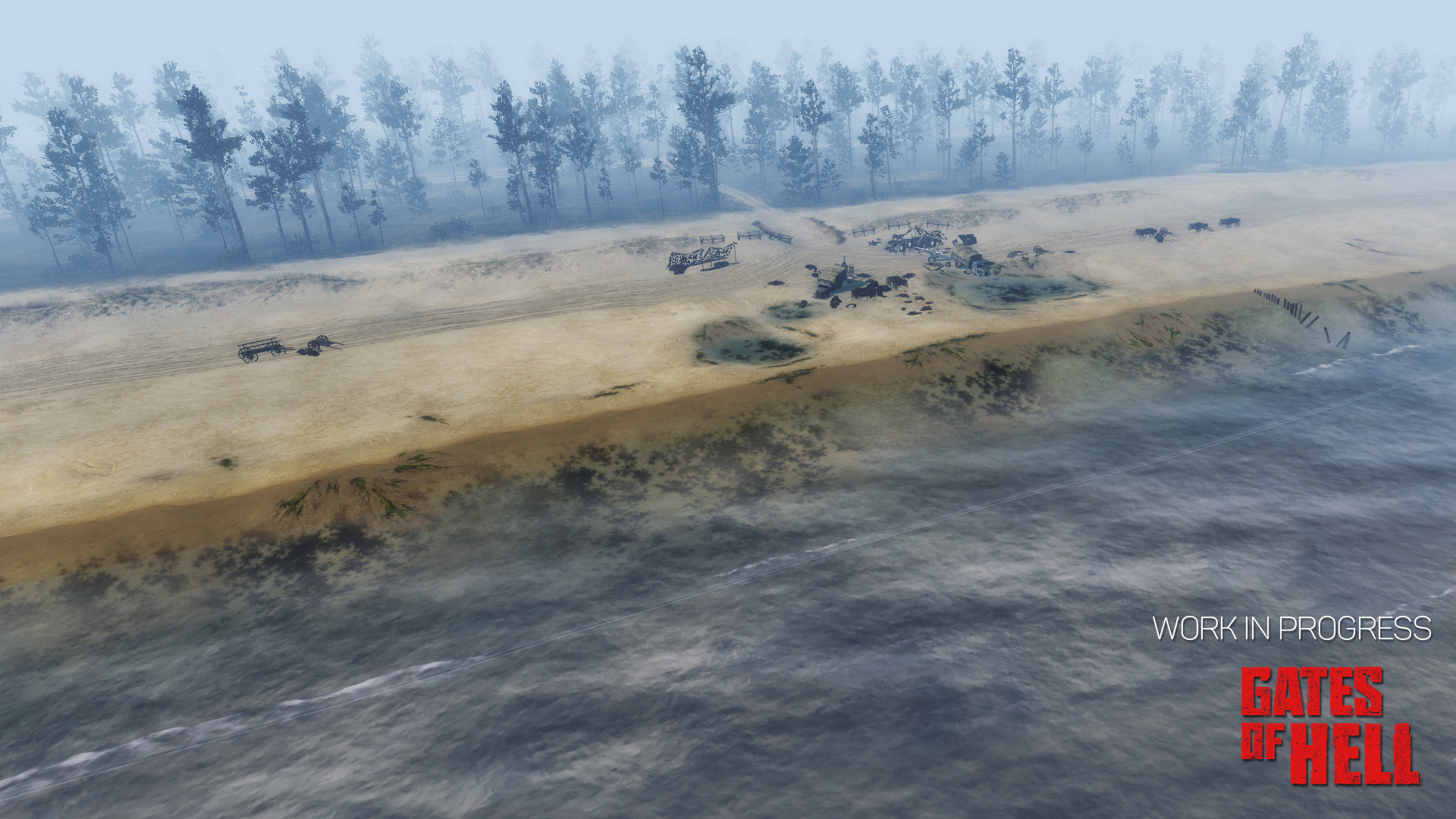
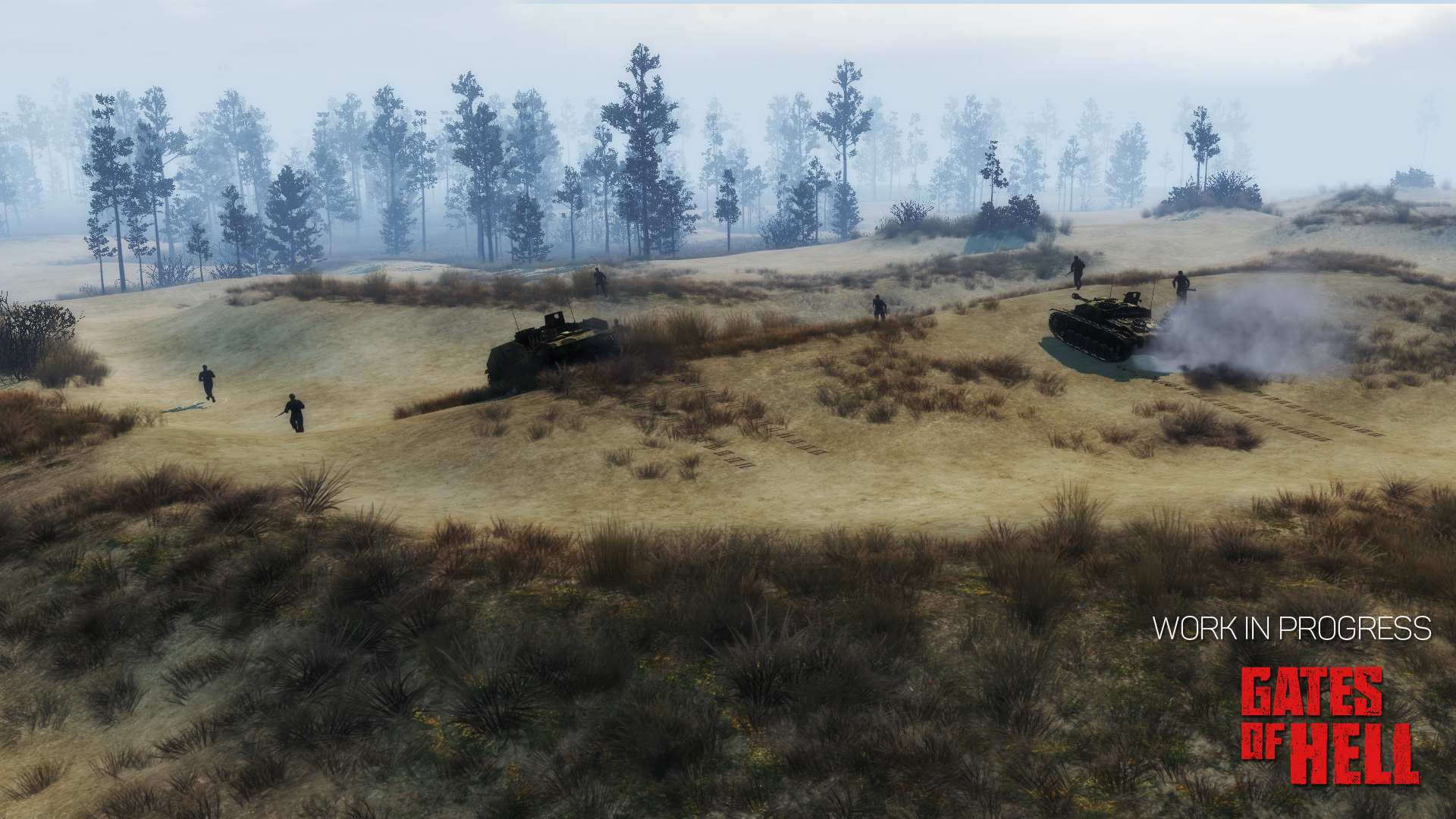
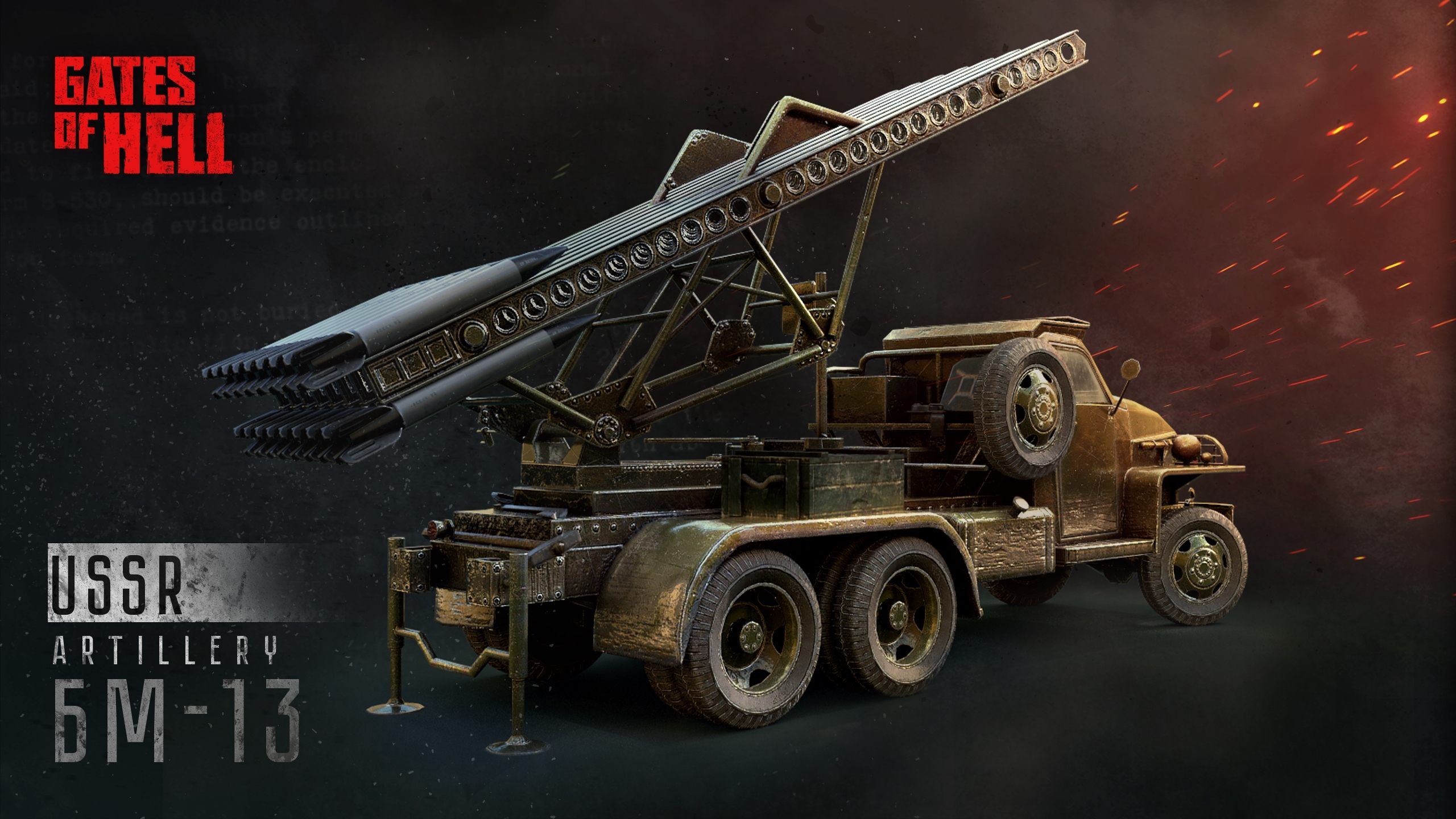
 M-13-16 (RS-132) on a ZIS-6 and M-8-24 (RS-82) on a T-40
M-13-16 (RS-132) on a ZIS-6 and M-8-24 (RS-82) on a T-40 This wintery Katyusha (BM-13N) just opened fire.
This wintery Katyusha (BM-13N) just opened fire.
